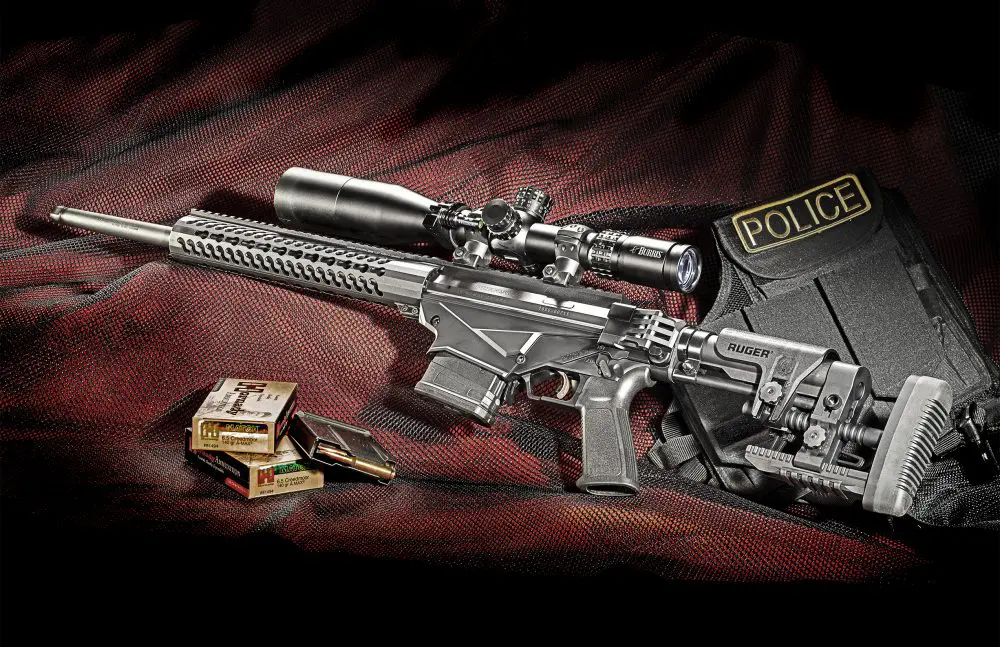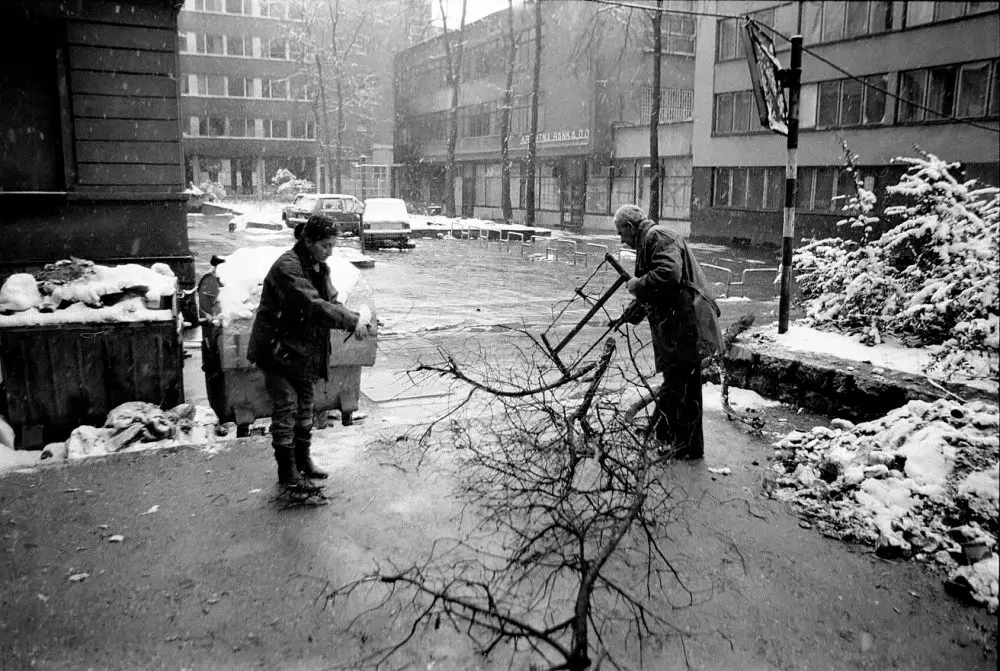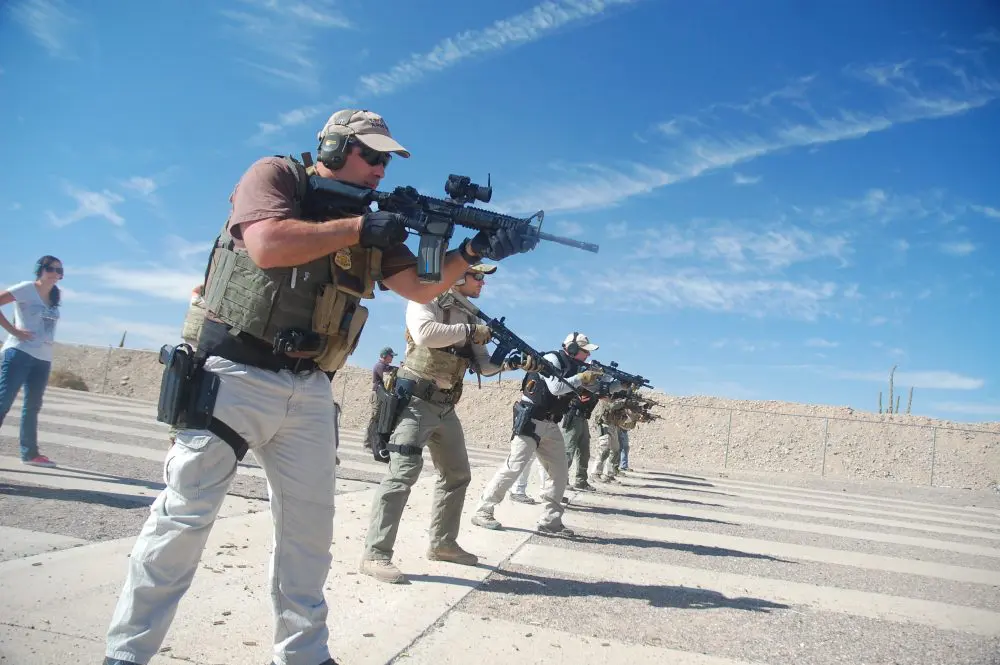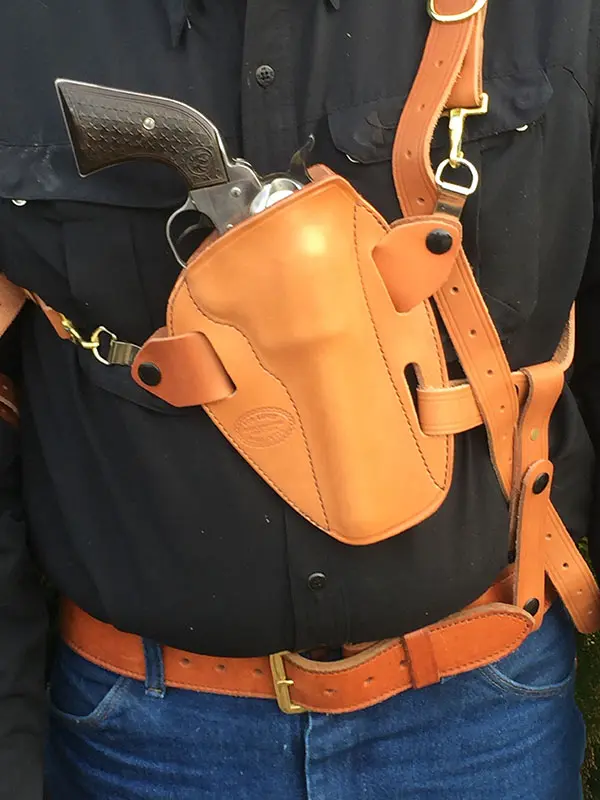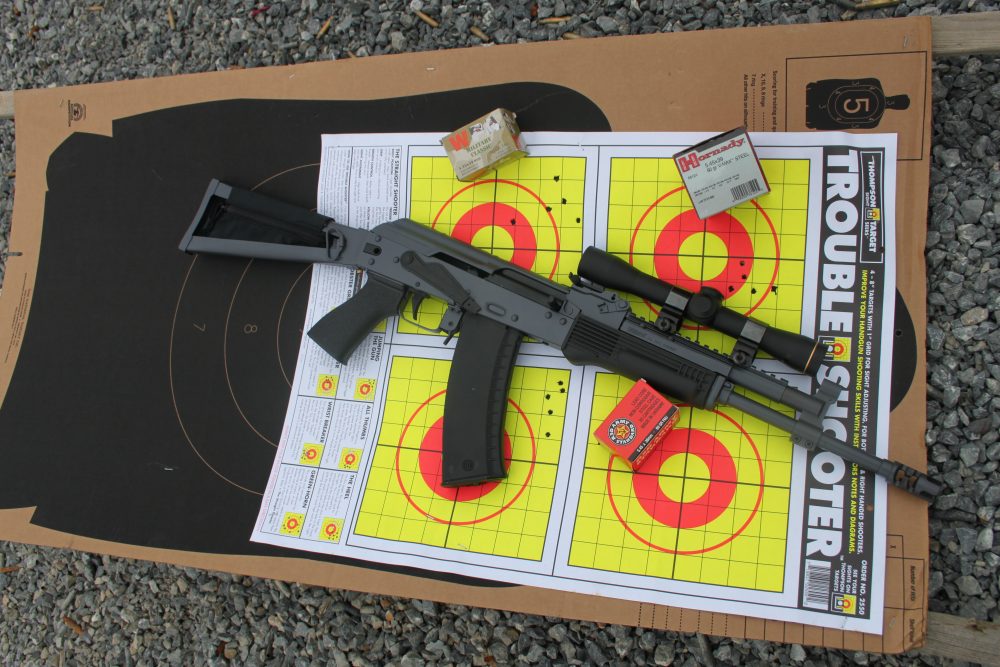One of the many desirable attributes for competent firearms operation is that of ambidexterity.
While many trainees assiduously practice two- and one-handed “strong-side” manipulation of their weapons, the amount of time and effort spent on ambidextrous operation of said weapons is predominantly disproportionate. Usually the training time expended on the subject consists of about five to ten percent of overall training—if that—and invariably entails a few range drills executed using “weak-hand” operation of the weapon and usually combined with “weak-side” barricade exercises. This is nowhere near enough to become adept for street-level performance.
What would necessitate the ability to deploy ambidexterity? The reasons are many. Having to instantaneously “switch over” because of battle injury, needing access to a secondary or tertiary weapon pre-set-up for weak-handed access, target access, or even something as innocuous as a paper cut on the pad of one’s trigger finger.
And even though the last example is easily over-ridden in a life-or-death conflict, the humble paper cut, dependent on where it is located, can play hell with your normal training schedule, as can many other unforeseen minor physical afflictions.
It also goes without saying that every instructor should be ambidextrous with all weaponry that he teaches. You don’t demonstrate something right-handed and then request your trainee to “reverse right for left.” You don’t ask trainees to do something you can’t do yourself, and you don’t imagine yourself to be a comedian when you insult somebody by saying they should have been aborted because they were born left-handed. He’s heard it a thousand times before, and you’re not as funny as you think you are.
Either you’re a teacher of bushido or bullshido—there is no grey area.
Short of a rifleman losing an eye, which 150 years ago could be overcome by the expedient of acquiring an English cross-over stock, allowing the shooter to mount the rifle in the same shoulder as before the organ loss, there are two major problems to overcome before ambidexterity can be achieved:
1. One has to switch frontal lobe brain operation, each hemisphere of which predominantly operates opposite-side body limbs and voluntary actions.
2. Having the ability to operate the weapon’s bells and whistles with these opposite-side limbs—safely, positively, and on demand.
One has only to observe a star right-handed baseball pitcher attempt to throw the ball left-handed to realize—for whatever reason—that this is easier said than done.
Fortunately a firearm has self-contained power, so the criterion is only to be able to switch over the manipulation of various switches and levers—and to maintain trigger and muzzle safety principles.
The mechanical design of the weapons used by the trainee obviously dictate the complexity—or lack thereof—of ambidexterity training.
And while most rifles and shotguns appear at first glance to be geared toward this planet’s population majority (right-handed shootists), to this author’s mind there are more laid out for left-handers than right. Garands, Mini-14s, and Ruger 10-22s, with a central magazine release lever and right-side charging handle, are more left than right-hand oriented.
As an antithesis, the M16/M4 family of weapons needs an after-market southpaw magazine release button for quick positive tactical reloads.
Mossberg 500 Series shotguns and most side-by-side and over-unders are ambidextrous by design and layout. The only question to consider here—as with all long guns—is a function of what sling to use to facilitate total ambidextrous deployment.
Handguns are the biggest headache to consider, dependent on the weapon layout. If you have a John Browning 1911 variant, a starboard or ambidextrous manual safety is almost mandatory for quick extraction from the holster into action operation. The deployment can be executed with a port-side-only manual safety, but not with enough alacrity for serious social work.
A fair number of semi-auto pistols are now being produced with ambidextrous magazine release buttons. Seemingly a good idea, these weapons may in fact require additional training time and effort before the shootist establishes a consistent and safe system that works for him.
The good news? You have more options from which to choose. The bad news? You have more options to sort through until you latch on to the one K.I.S.S. Principle technique that will work for you.
Revolvers are inherently more complex to manipulate than semi-autos. There’s nothing wrong with that in itself, but the revolver operator will have to work slightly harder to become ambidextrously proficient than would the same person with a semi-auto pistol.
On the other hand, there’s no free lunch. Try clearing a double-fed SIG Sauer pistol left-hand only in a hurry if you want proof of that axiom.
Much rests on the choice of weapons, but not everybody has the choice. Ergo, what it all boils down to is a lot of practice.
As Brad Smith, K9 trainer, handler and author, said, “Sacrifice is the reality of achieving greatness.” If you want to be good, let alone great, it will require sacrifice. And it’s as well to remember that ambidextrous fighting with guns encompasses not merely being able to shoot left- or right-handed. Footwork, weapon retention, reloading, weapons status checks—they all have to be mastered before you can consider yourself battle ready.
Sacrifice and effort will be necessary. If everything in life were easy, it wouldn’t be worth working for.
Louis Awerbuck is Director of the internationally acclaimed Yavapai Firearms Academy. Course information and schedules are available at their website at www.yfainc.com.

